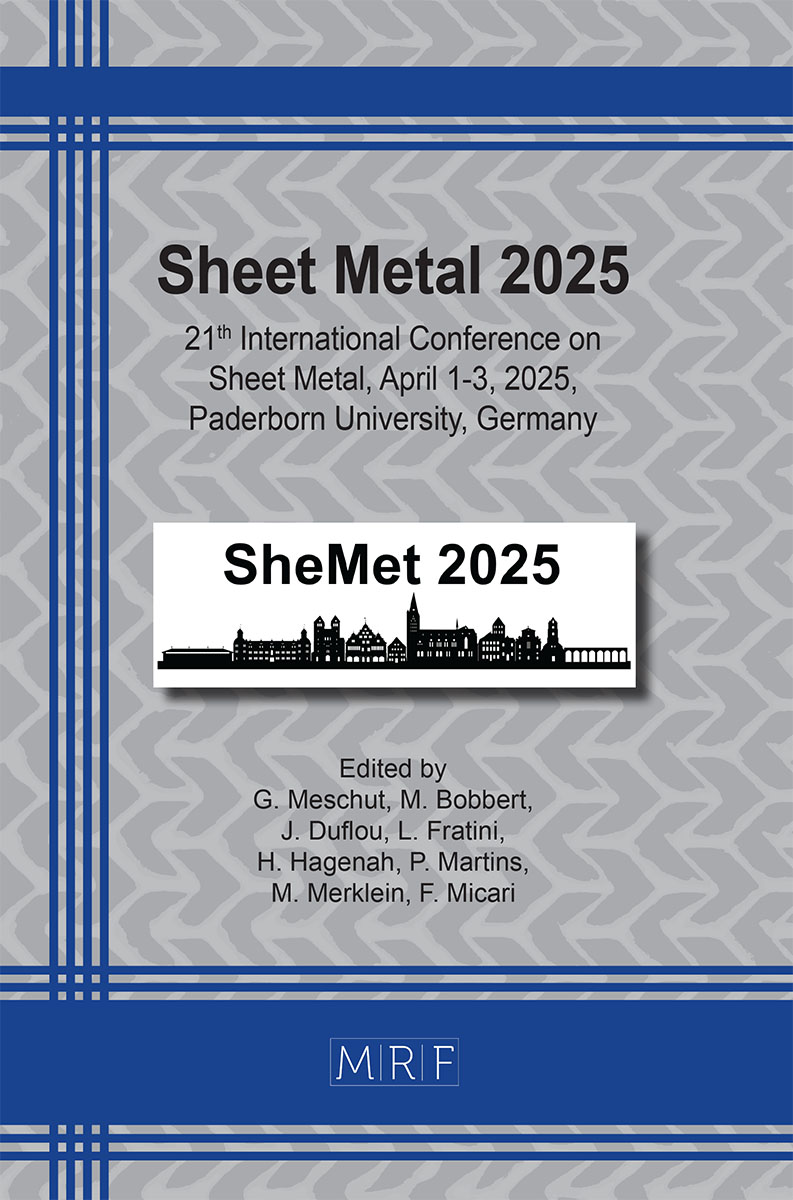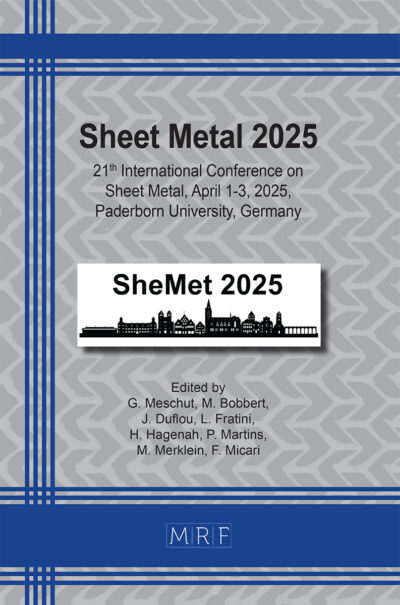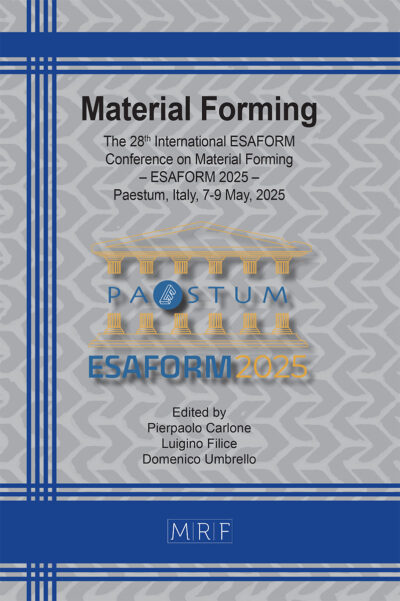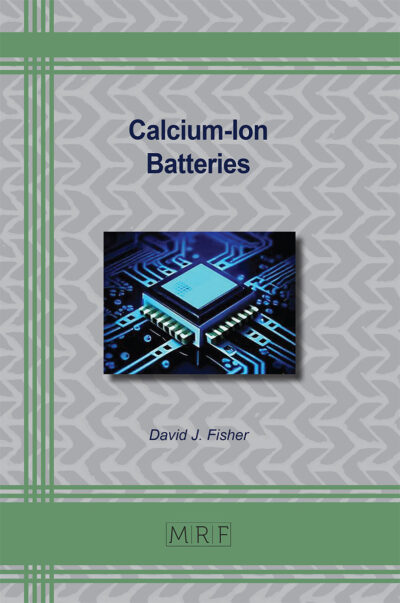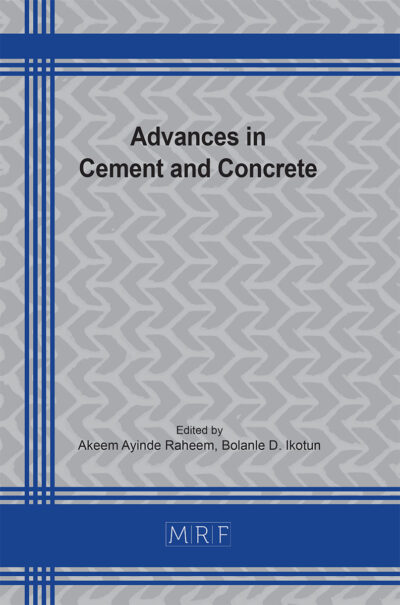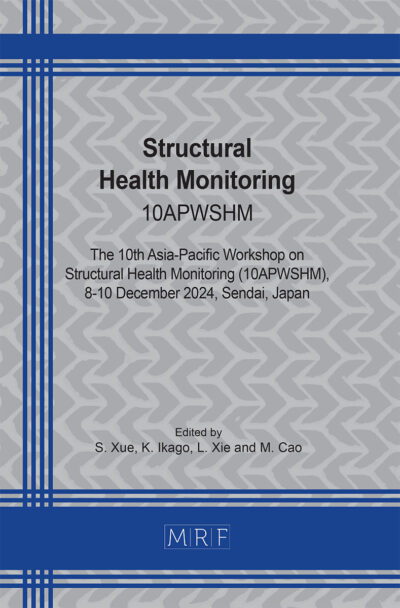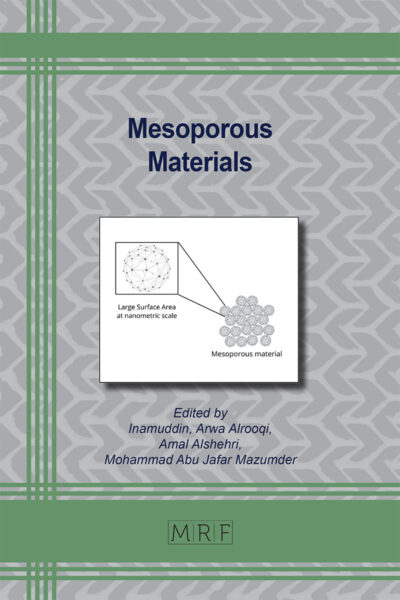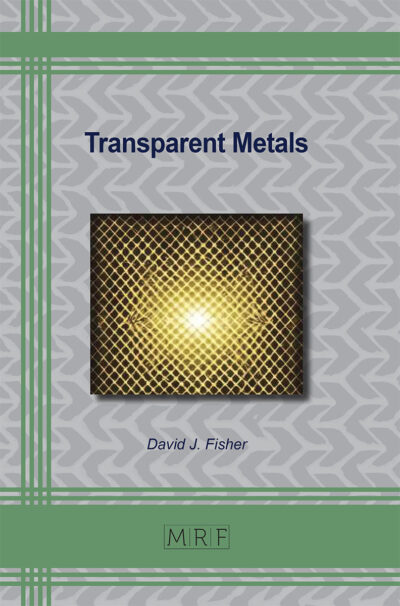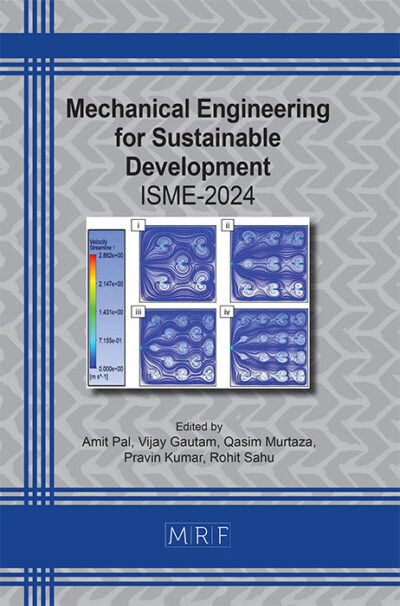Supporting toolpath generation for double sided incremental forming of polyhedron parts
Hans Vanhove, Arnoud Van Hees, Joost R Duflou
Abstract. Double Sided Incremental Forming (DSIF) enhances formability and accuracy by using a dynamic supporting tool synchronized with the forming tool, eliminating the need for custom dies. Generating a toolpath for the supporting tool aimed at consistent support is challenging, particularly around sharp corners of a contour. This paper presents an algorithm for generating such supporting toolpath for DSIF of polyhedron parts. It calculates the toolpath points based on the forming toolpath, adding, moving and reordering path points to manage internal and external corners. This approach enables synchronized tool movement, improving surface quality and preventing tool collisions.
Keywords
Incremental Sheet Forming, Tool Path, Double Sided
Published online 4/1/2025, 7 pages
Copyright © 2025 by the author(s)
Published under license by Materials Research Forum LLC., Millersville PA, USA
Citation: Hans Vanhove, Arnoud Van Hees, Joost R Duflou, Supporting toolpath generation for double sided incremental forming of polyhedron parts, Materials Research Proceedings, Vol. 52, pp 52-58, 2025
DOI: https://doi.org/10.21741/9781644903551-7
The article was published as article 7 of the book Sheet Metal 2025
![]() Content from this work may be used under the terms of the Creative Commons Attribution 3.0 license. Any further distribution of this work must maintain attribution to the author(s) and the title of the work, journal citation and DOI.
Content from this work may be used under the terms of the Creative Commons Attribution 3.0 license. Any further distribution of this work must maintain attribution to the author(s) and the title of the work, journal citation and DOI.
References
[1] D. Möllensiep, J. Schäfer, F. Pasch, et al., Cluster analysis for systematic database extension to improve machine learning performance in double-sided incremental sheet forming, Int. J. Adv. Manuf. Technol. 133 (2024) 4301-4315. https://doi.org/10.1007/s00170-024-14014-8. https://doi.org/10.1007/s00170-024-14014-8
[2] K. Praveen, CH S., N. Venkata Reddy, Effect of support force on quality during double-sided incremental forming: an experimental and numerical study, Int. J. Adv. Manuf. Technol. 122 (2022) 4275-4292. . https://doi.org/10.1007/s00170-022-09871-0
[3] H. Meier, V. Smukala, O. Dewald, J. Zhang, Two-point incremental forming with two moving forming tools, in: Sheet Metal 2007, vol. 344 of Key Engineering Materials, Trans Tech Publications Ltd., 2007, pp. 599-605. https://doi.org/10.4028/www.scientific.net/KEM.344.599
[4] R. Malhotra, J. Cao, F. Ren, V. Kiridena, Z.C. Xia, N.V. Reddy, Improvement of geometric accuracy in incremental forming by using a squeezing toolpath strategy with two forming tools, J. Manuf. Sci. Eng. 133 (2011). https://doi.org/10.1115/1.4005179
[5] D. Möllensiep, T. Gorlas, P. Kulessa, B. Kuhlenkötter, Real-time stiffness compensation and force control of cooperating robots in robot-based double-sided incremental sheet forming, Prod. Eng. 15 (2021) 683-699. https://doi.org/10.1007/s11740-021-01052-4

